A physiotherapist says you only need 20 minutes and four movements to be a better runner
Want to improve your performance and avoid injury? This running coach says you should find 20 minutes to strength train, especially if you're an older runner
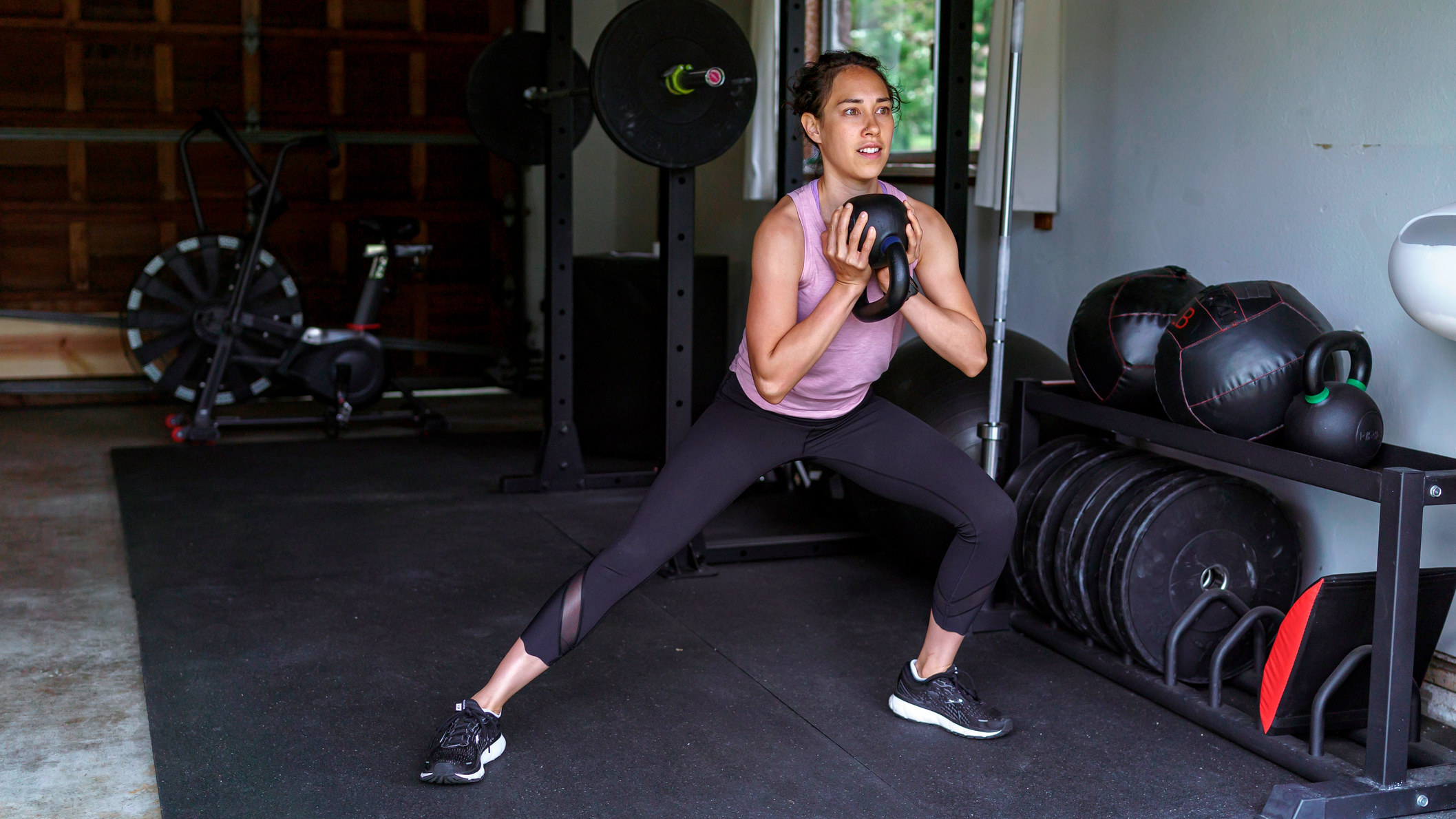
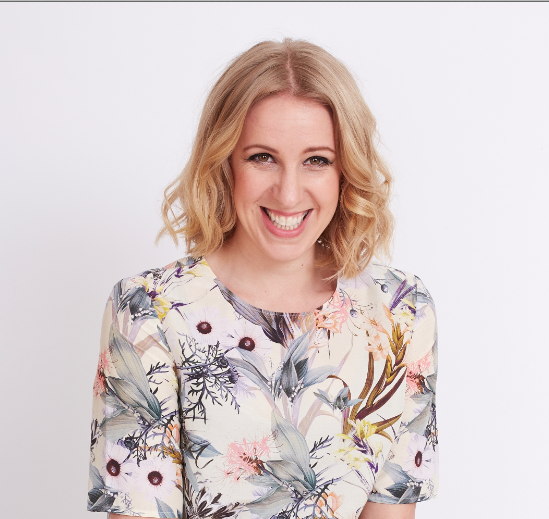
Strength training should be an important part of every runner's training plan. "Any runner who is serious about their running should be strength training regularly," says Richelle Weeks, a certified running coach and running physiotherapist at Sportscience Ottawa. "When done properly it can improve performance by 5% because it improves running economy. It can also help reduce common overuse running injuries. Especially in the 40-plus runner!"
Finding the time to strength train on top of running (you do also need to keep running to become a better runner) can be easier said than done, but Weeks has helpfully posted this (and other) 20-minute routines you can do at home. Weeks says the workout targets the "most important running muscles" including the calves, quads, the glutes, hamstrings and core.
If you have more time Weeks recommends adding upper-body exercises, too. "It can help maintain an upright posture when fatigued during a race, like at the end of a marathon. It can also help make arm swing efficient. Runners can just choose one push exercise—think push-ups, shoulder presses, bench presses—and one pull exercise—think pull-ups, inverted rows, bent-over rows, back fly."
How to do Richelle Weeks' 20-minute strength workout for runners
A post shared by Richelle Weeks (@runningwithrichelle)
A photo posted by on
In case you're unfamiliar with the exercises in the video and need to check how to do them, the exercises Weeks has chosen are the side lunge, glute bridge march, side plank rotation and calf raise.
Weeks recommends aiming for three sets of eight reps. "If things start to feel easier, instead of doing more reps go heavier with your weights," Weeks writes in the caption. "Runners should be focused on low rep / high weight."
Intrigued, I asked why she recommends this rep range. "The best way to get strong is to lift heavy or use heavy resistance bands. It's hard to go heavy if you're doing many reps so it's ideal to start with three sets of 8-10 where you try to choose a resistance that makes the last rep challenging.
"You don't lift to failure but basically you want to have two reps left in you once you've done each set. More than that means you can go heavier. Eventually, you want to go towards three sets of six because that can allow you to lift even heavier."
Get the Fit&Well Newsletter
Start your week with achievable workout ideas, health tips and wellbeing advice in your inbox.
Shop home weights
You will need weights to do this workout and we recommend adjustable weights so you can use heavier weights as you get stronger. Here are three options to consider.
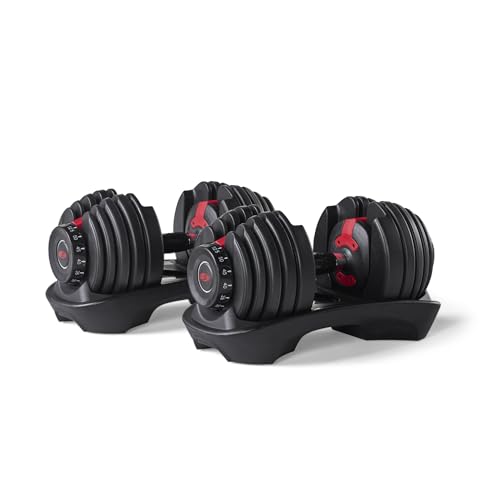
The top pick from our guide to the best adjustable dumbbells.
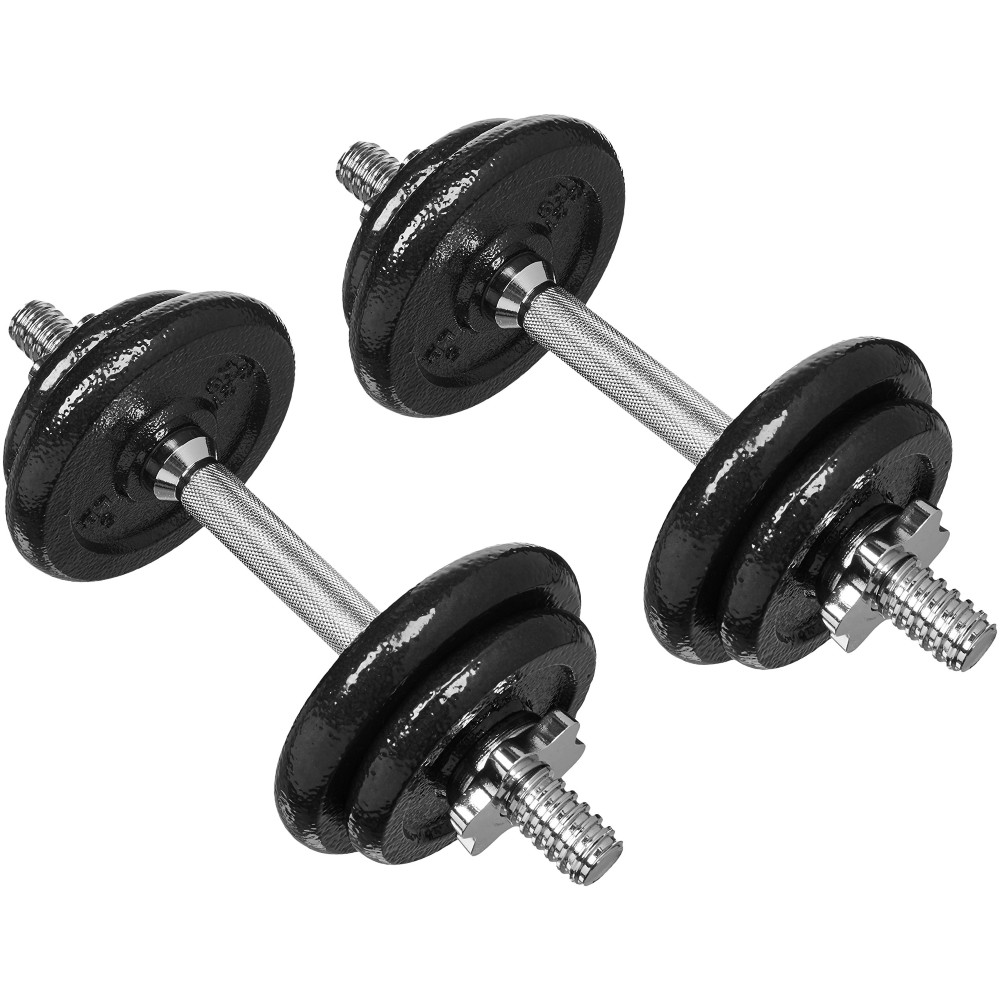
This pair of spinlock dumbbells takes longer to change the weight and each dumbbell maxes out at 17lb, but they are much cheaper!

A good value alternative to dumbbells that goes up to 40lb.
Maddy Biddulph is a freelance journalist specializing in fitness, health and wellbeing content. With 26 years in consumer media, she has worked as a writer and editor for some of the bestselling newspapers, magazines and websites in the US and UK.
She is also a qualified L3 personal trainer and weight loss advisor, and helps women over 40 navigate menopause by improving their physical and mental strength. At Maddy Biddulph Personal Training, she runs one-to-one and small group training for menopausal women who want to get fit to ease symptoms and feel like themselves again.
-
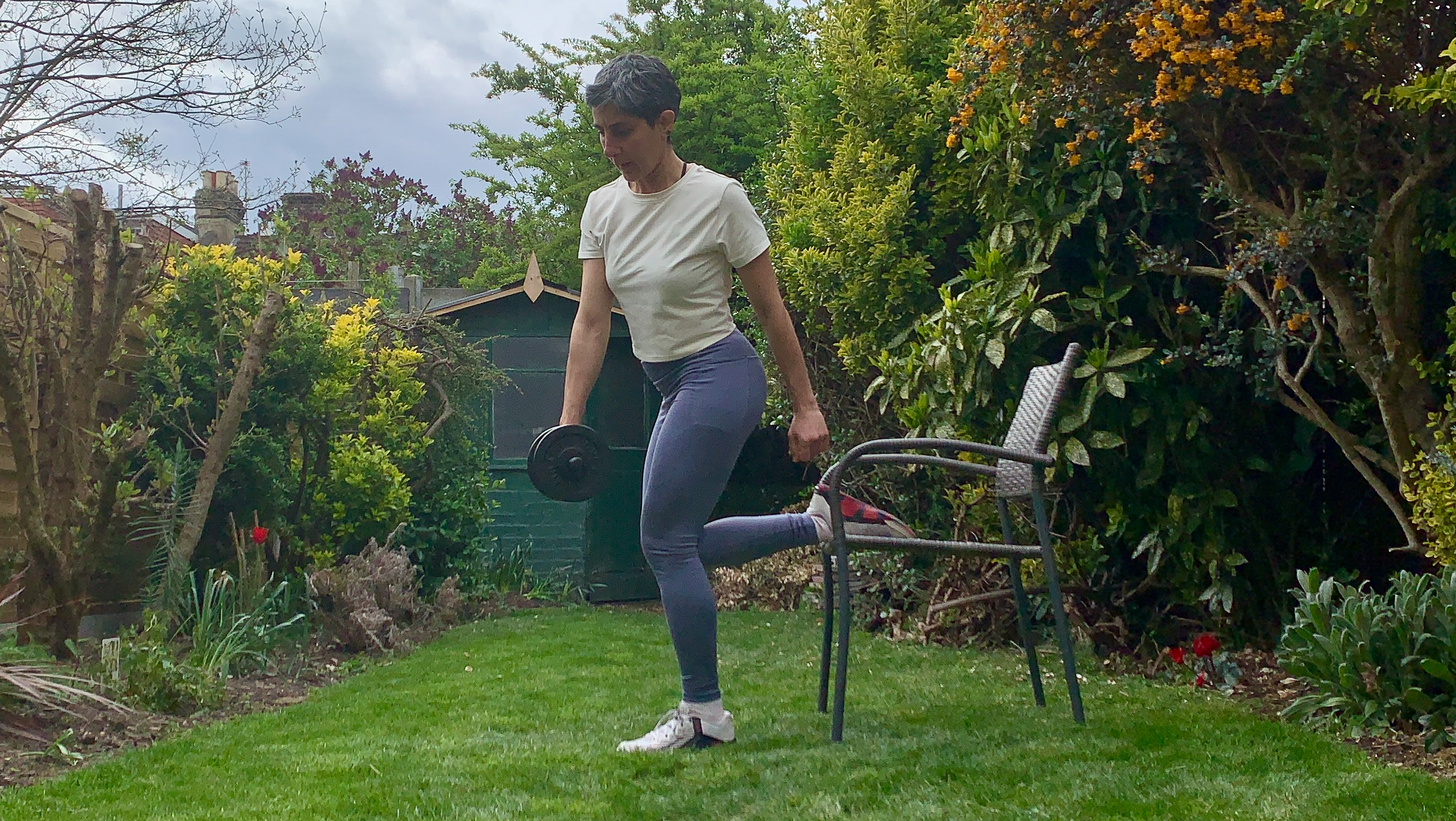 I swapped my usual core routine for this dumbbell workout—here’s why you should try it too
I swapped my usual core routine for this dumbbell workout—here’s why you should try it tooPick up some dumbbells and try my favorite deep core exercises
By Yanar Alkayat
-
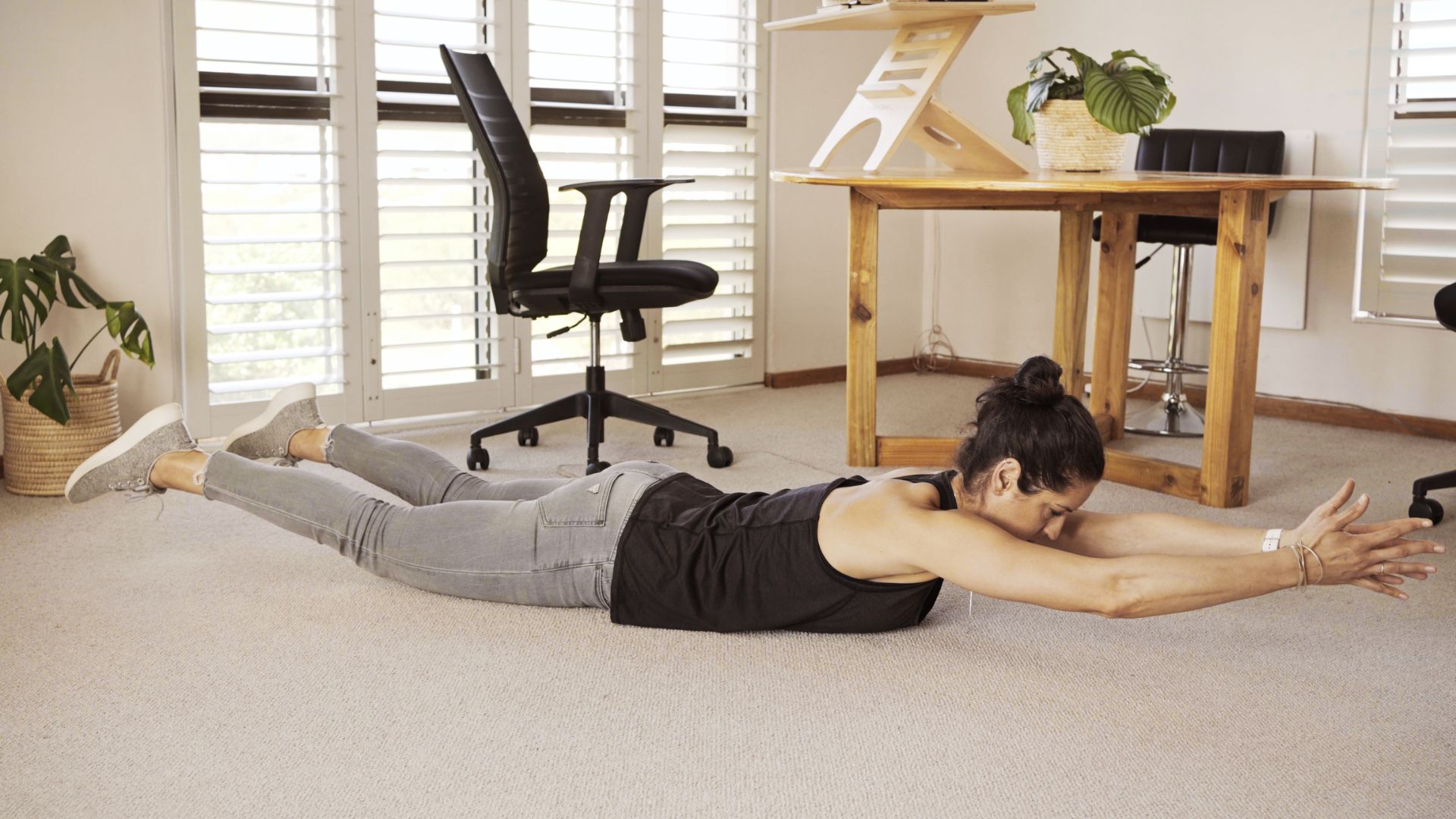 You don't need any equipment to improve your posture—just these three back-strengthening moves
You don't need any equipment to improve your posture—just these three back-strengthening movesThese three exercises will strengthen key back muscles
By Jennifer Rizzuto